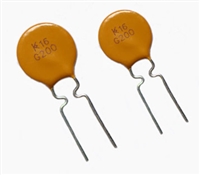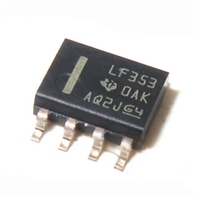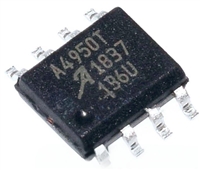June 11, 1997
GENERAL RELEASE SPECIFICATION
LIST OF FIGURES
Title
Figure
Page
1-1
1-2
1-3
1-4
2-1
2-2
2-3
2-4
3-1
4-1
4-2
4-3
6-1
7-1
8-1
8-2
8-3
8-4
8-5
8-6
8-7
9-1
MC68HC05CL48 Block Diagram ..................................................................... 1-3
MC68HC05CL48 Pin Assignments.................................................................. 1-4
Power Supply Decoupling................................................................................ 1-5
Oscillator Connections ..................................................................................... 1-7
MC68HC05CL48 Memory Map........................................................................ 2-3
MC68HC05CL48 I/O Registers $0000-$000F ................................................. 2-4
MC68HC05CL48 I/O Registers $0010-$001F ................................................. 2-5
MC68HC05CL48 I/O Registers $0020-$002F ................................................. 2-6
MC68HC05 Programming Model..................................................................... 3-1
Interrupt Processing Flowchart ........................................................................ 4-2
External Interrupts............................................................................................ 4-5
Keyboard Interrupt Circuitry ............................................................................. 4-7
STOP/WAIT Flowchart..................................................................................... 6-3
Port I/O Circuitry............................................................................................... 7-1
16-Bit Free-running Timer Block Diagram........................................................ 8-2
Timer State Diagram For Timer Overflow ........................................................ 8-4
Timer State Timing Diagram For Reset ........................................................... 8-5
Timer State Timing Diagram For Output Compare .......................................... 8-8
Timer State Timing Diagram For Input Capture............................................. 8-11
Core Timer Block Diagram............................................................................. 8-15
ONE Second Watch Timer............................................................................. 8-20
SPI Clock/Data Relationships .......................................................................... 9-5
11-1 Caller ID Block Diagram................................................................................. 11-1
11-2 Carrier Detect Interface.................................................................................. 11-2
11-3 RT_L Interrupt................................................................................................ 11-3
11-4 Ring Detect Interface ..................................................................................... 11-3
11-5 Power Up Sequence from STOP Mode ......................................................... 11-4
11-6 Power Up Sequence from WAIT Mode.......................................................... 11-5
11-7 8-bit Caller ID Data Timing Diagram .............................................................. 11-6
11-8 Single Message Format ............................................................................... 11-11
11-9 CLID Timing Diagram................................................................................... 11-11
12-1 LCD Driver Block Diagram............................................................................. 12-1
12-2 LCD 5:1 bias waveforms................................................................................ 12-5
12-3 LCD 4:1 bias waveforms................................................................................ 12-6
12-4 Voltage Generator.......................................................................................... 12-7
13-1 Phase Lock Loop Block Diagram................................................................... 13-3
13-2 Typical Waveform for PLL.............................................................................. 13-3
16-1 112-Pin TQFP Mechanical Dimensions ......................................................... 16-2
16-2 100-Pin TQFP Mechanical Dimensions ......................................................... 16-3
A-1 MC68HC705CL48 Memory Map......................................................................A-2
A-2 EPROM Programming Sequence ....................................................................A-4
B-1 MC68HC05CL16 Block Diagram .....................................................................B-2
MC68HC05CL48
REV 2.0
MOTOROLA
vii






 NTC热敏电阻与PTC热敏电阻的应用原理及应用范围
NTC热敏电阻与PTC热敏电阻的应用原理及应用范围

 GTO与普通晶闸管相比为什么可以自关断?为什么普通晶闸管不能呢?从GTO原理、应用范围带你了解原因及推荐型号
GTO与普通晶闸管相比为什么可以自关断?为什么普通晶闸管不能呢?从GTO原理、应用范围带你了解原因及推荐型号

 LF353数据手册解读:特性、应用、封装、引脚说明、电气参数及替换型号推荐
LF353数据手册解读:特性、应用、封装、引脚说明、电气参数及替换型号推荐

 A4950资料手册解读:特性、应用、封装、引脚功能、电气参数及代换型号
A4950资料手册解读:特性、应用、封装、引脚功能、电气参数及代换型号

 浙公网安备 33010502006866号 浙ICP备10014259号-119
营业执照ICP证
浙公网安备 33010502006866号 浙ICP备10014259号-119
营业执照ICP证











